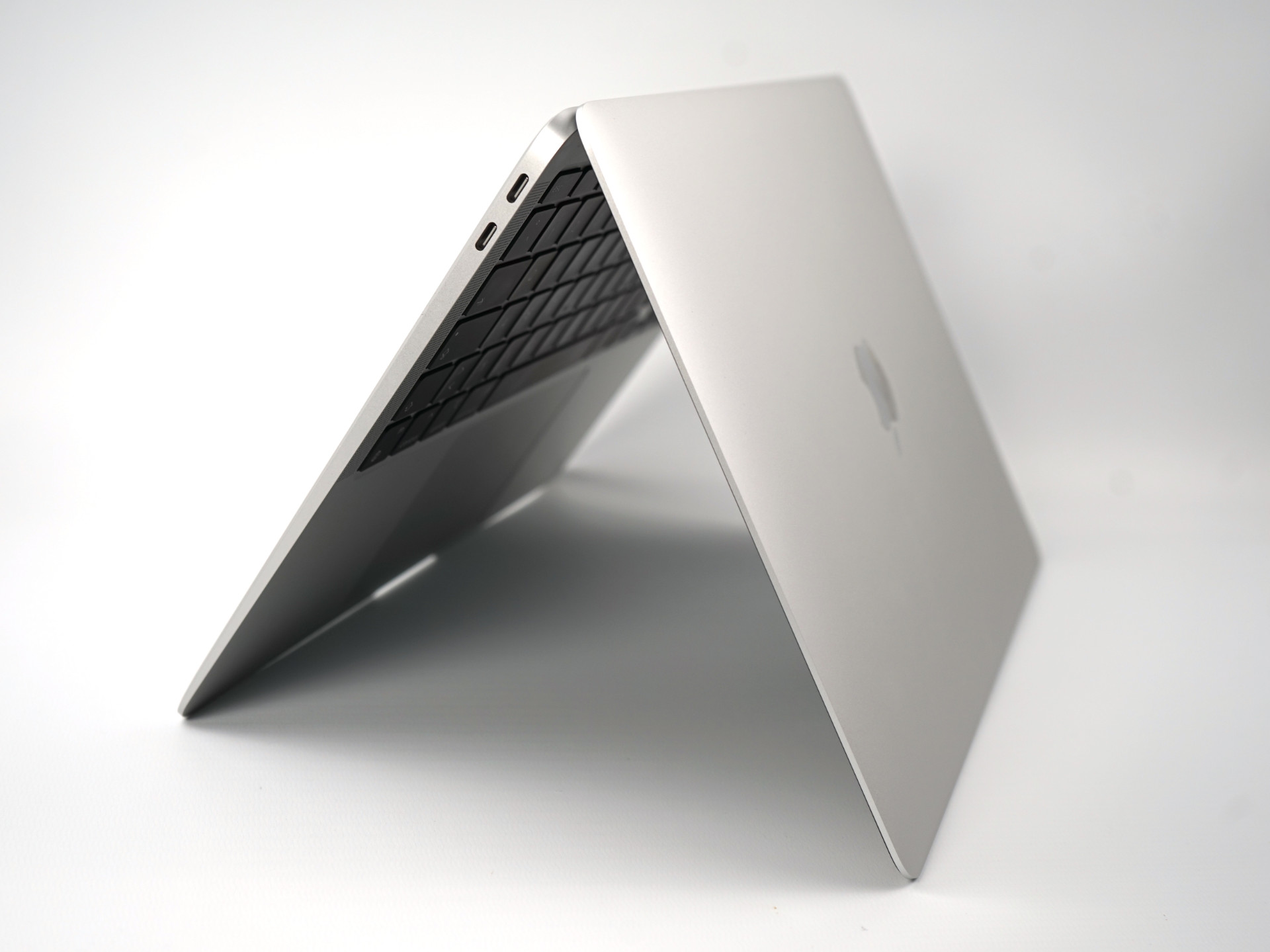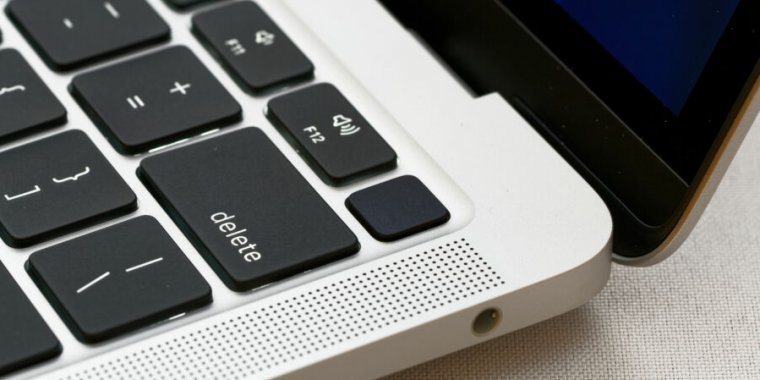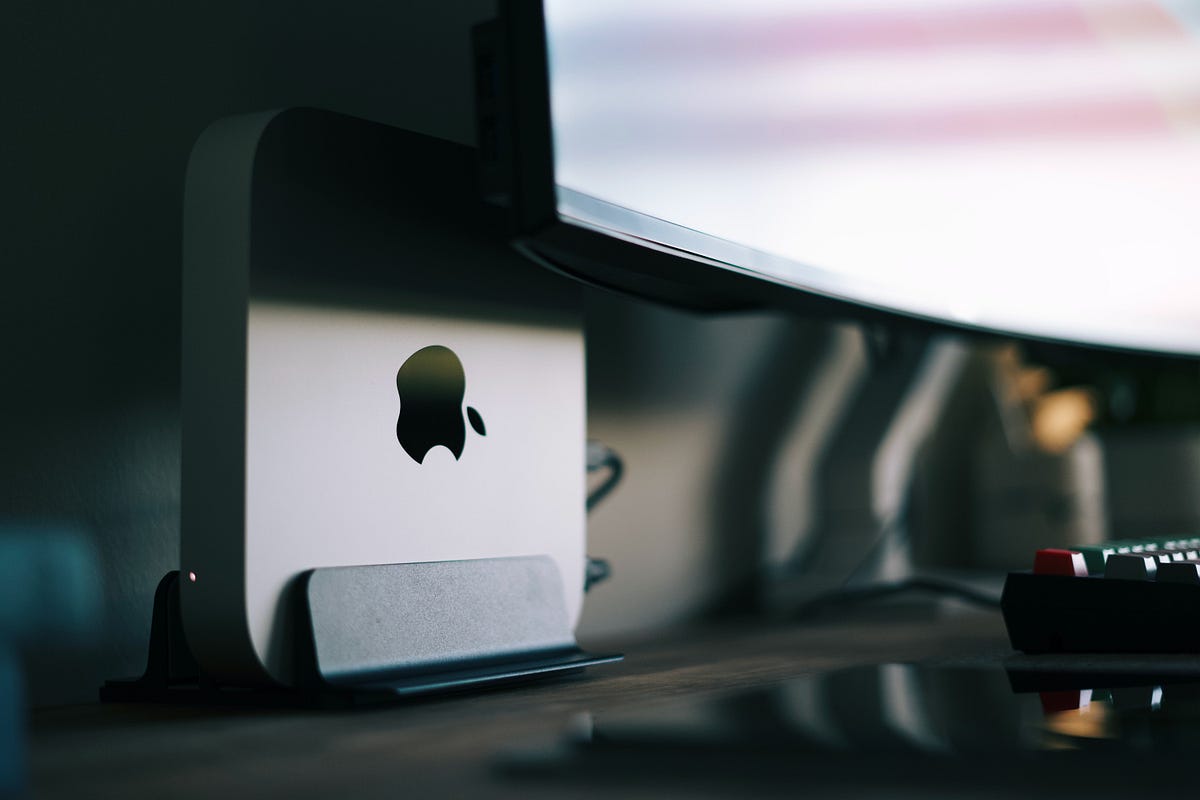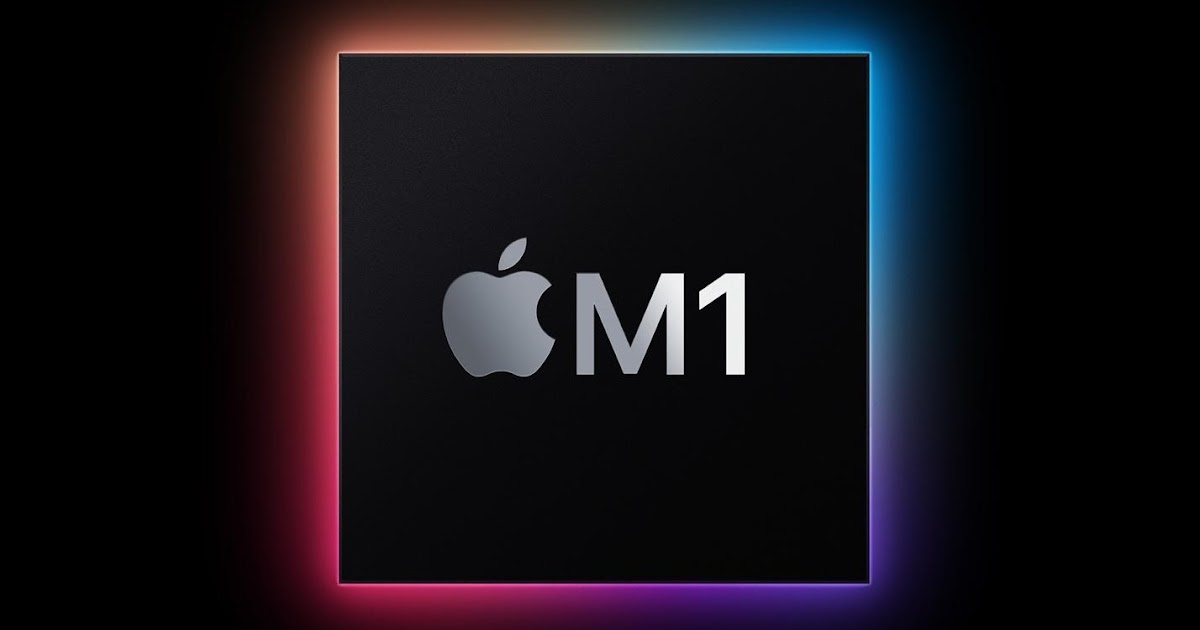AMD Ryzen 5000 = Evolutionary
Apple M1 = Revolutionary
The M1 has made it obvious that ARM will dominate the desktop within the next 10 years. The average desktop user doesn't need an x86 CPU. x86 users are about to become a niche market. Efficiency has clearly won out over flexibility.
In terms of efficiency, the M1 is currently the best CPU and GPU on the market. Apple's more powerful chips will also be more efficient than any competing products.
A lot of PC users are already in denial over the M1's superiority, and they'll stay that way for a long time because they're stupid.
I agree 100% I think x86 is around to stay but it will be for gaming/HPC. Every day ARM CPUs will have more than enough horsepower for your day to day task. I just got an 13" 11th gen Intel laptop and I was so tempted to get an Macbook Air with the M1 simply because the battery life is OUTSTANDING and it can do anything I need to do on the X86 platform. It's also just apple who is making massive strides in ARM. Qualcomm but be a year behind but they have no problem parrying Apple when it comes to ARM. I will be very interested in an ARM based Windows platform in the future (assuming Windows is ready).









